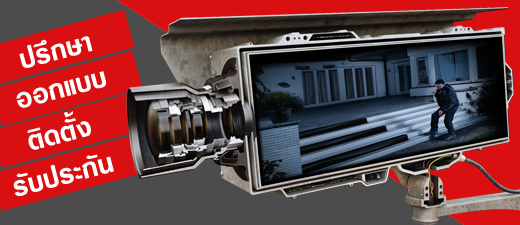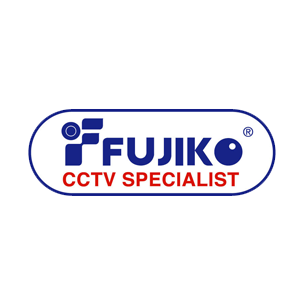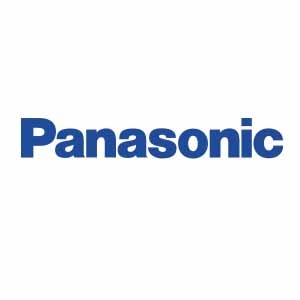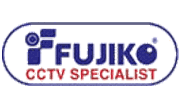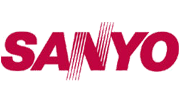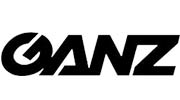หน้าแรก >> CCTV Surveillance
Video’s Critical Role in the Security Plan
1.3 SYNERGY THROUGH INTEGRATION
Video equipment is most effective when integrated with other security hardware and procedures to form a coher ent security system. When video is combined with the other security sensors the total security system is more than the individual subsystems. Synergy obtains when video assessment is combined with intrusion and motion alarm sensors, electronic access control, fire alarms, communi cations, and security guard personnel (Figure 1-3).
1.3.1 Integrated Functions
Functionally the integrated security system is designed as a coordinated combination of equipment, personnel, and procedures that: (a) uses each component in a way that enhances the use of every other component and (b) opti mally achieves the system's stated objective.
In designing a security system, each element's poten tial contribution to loss prevention, asset protection, or personnel safety must be considered. The security plan must specifY as a minimum: (a) where and when unusual behavior should be detected, (b) what the response should be, and (c) how it should be reported and recorded. If the intruder has violated a barrier or fence the intrusion detection system should be able to determine that a person-not an animal, bird, insect, leaf, or other o ect passed through the barrier. Video provides the most pos itive means for establishing this information. This breech in security must then be communicated by some means to security personnel so that a reaction force has sufficient information to permit an appropriate response.
In another scenario, if material is being removed by an unauthorized person in an interior location, a video surveillance system activated by a video motion detector (VMD) alarm should alert a guard and transmit the video information to security personnel for appropriate action. In both cases a guard force would be dispatched and the event recorded on a VCR, DVR or network storage and/or printed as hard copy for guard response, documentation, and prosecution.
In summary, it is the combination of sensors, commu nication channels, monitoring displays, documentation equipment and a guard force that provides the synergy to maximize the security function. The integration of video, intrusion-detection alarms, access control, and security guards increases the overall security asset protection and employee safety at a facility.

1.3.2 System Hardware
Since a complete video security system may be assembled from components manufactured by different companies,all equipment must be compatible. The video equipment should be specified by one consulting or architec ture/engineering fum, and the system and seiVice should be purchased, installed, and maintained through a single system integrator, dealer/installer, or general contractor. If a m or supplier provides a turnkey system, including all equipment, training, and maintenance, the responsi bility of system operation resides with one vendor, which is easier to controL Buying from one source also per mits management to go back to one installer or general contractor if there are any problems instead of having to point fingers or negotiate for service among several vendors.
Choosing a single supplier obviously requires thorough analysis to determine that the supplier: (1) will provide a system that meets the requirements of the facility, (2) will be available for maintenance when required, and (3) will still be in business in 5 or 10 years. There are many com panies that can supply complete video systems including cameras and housings, lenses, pan/tilt mechanisms, mul tiplexers, time-lapse VCRs or DVRs, analog and digital networks, and other security equipment required for an integrated video system. If the end user chooses compo nents from various manufacturers, care must be taken by the system designer and installer to be aware of the differ ences and interface the equipment properly.
If the security plan calls for a simple system with potential for later expansion the equipment should be modular and ready to accept new technology as it becomes avail able. Many larger manufacturers of security equipment anticipate this integration and expansion requirement and design their products accordingly.
SeiVice is a key ingredient for successful system operation. If one component fails, repair or replacement must be done quickly, so that the system is not shut down. Near-continuous operation is accomplished by the direct replacement method, immediate maintenance by an in-house seiVice organization, or quick-response ser vice calls from the installer/contractor. Service considera tion should be addressed during the planning and initial design stages, as they affect choice of manufacturer and service provider. Most vendors use the replacement tech nique to maintain and seiVice equipment. If part of the system fails, the vendor replaces the defective equipment and sends it to the factory for repair. This service policy decreases security system downtime.
The key to a successful security plan is to choose the right equipment and service company, one that is cus tomer oriented and knowledgeable about reliable, techno logically superior products that satisfy the customer needs.
